Mazda’s Powertrain Tech Dept Welcomes Back ‘RE Development Group’
After six years of incorporating rotary engineers into its overall engine development program, Mazda has announced the official revival of its rotary engine development. This decision comes after the successful launch of the Mazda MX-30 e-SKYACTIV R-EV in Europe last year, which featured a rotary range-extender. This was the first time a production rotary engine had been seen in 11 years, since the discontinuation of the RX-8 in 2012. The introduction of the stunning Mazda Iconic SP Concept also received a high level of enthusiasm for rotary engines, leading Mazda to make the strategic choice to reinvest in their development.
At present, the RE Development Group is responsible for developing rotary engines for use as generators. This includes utilizing them as range extenders or in vehicles such as the Iconic SP, where they can produce electricity more efficiently to power electric motors. These advancements allow for the advantages of electric vehicles to be achieved without the added weight of bulky battery packs.
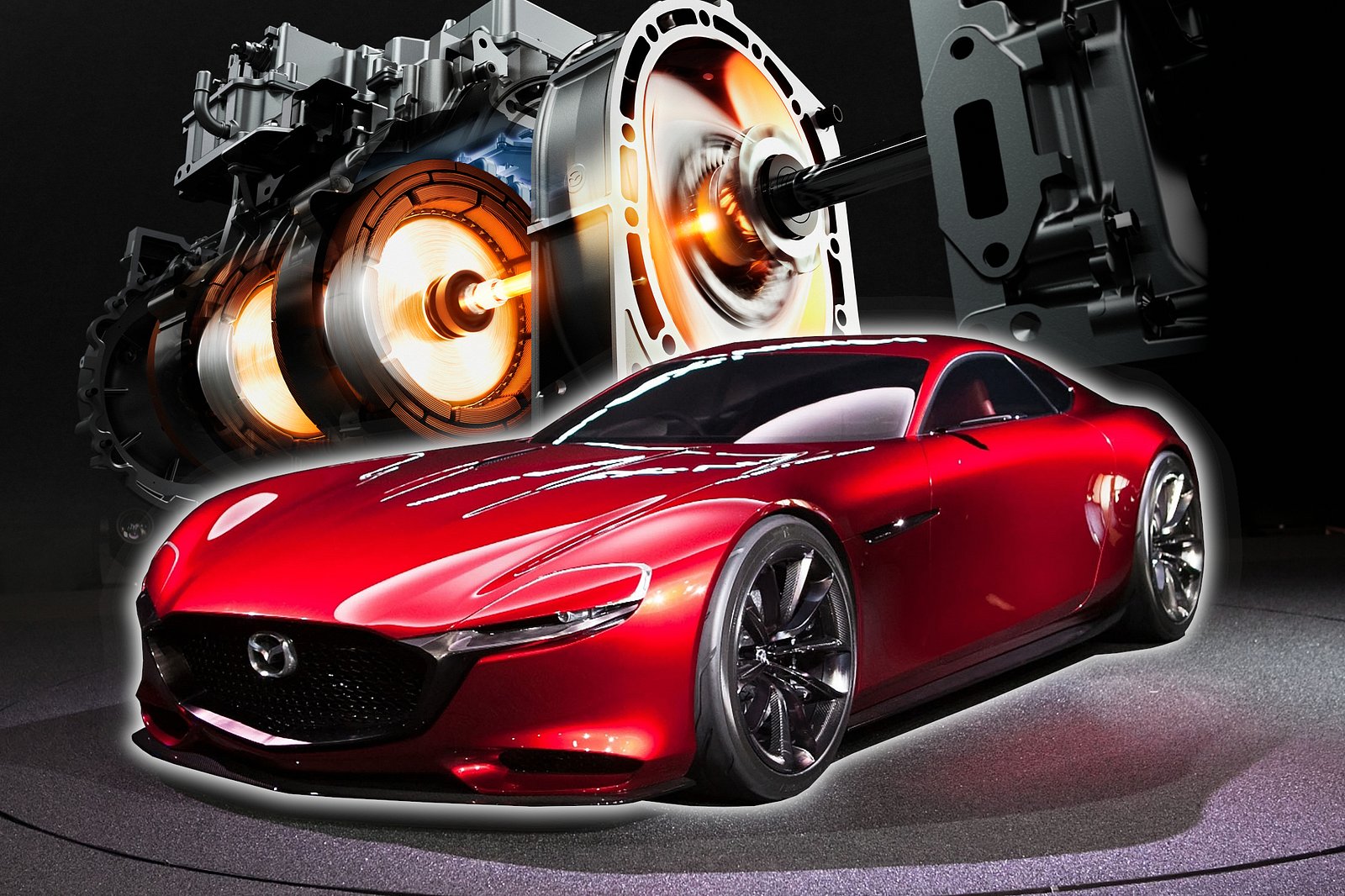
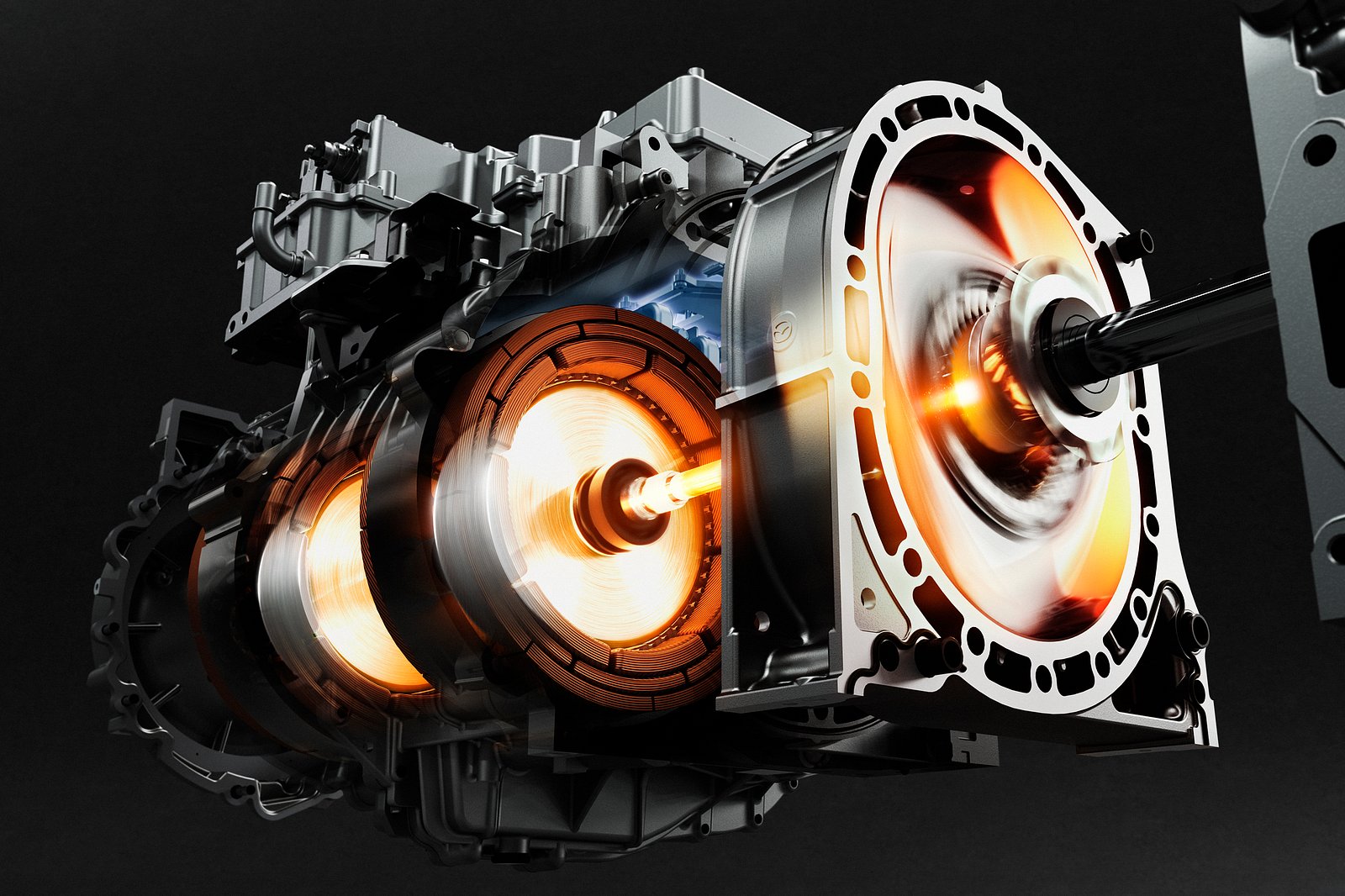
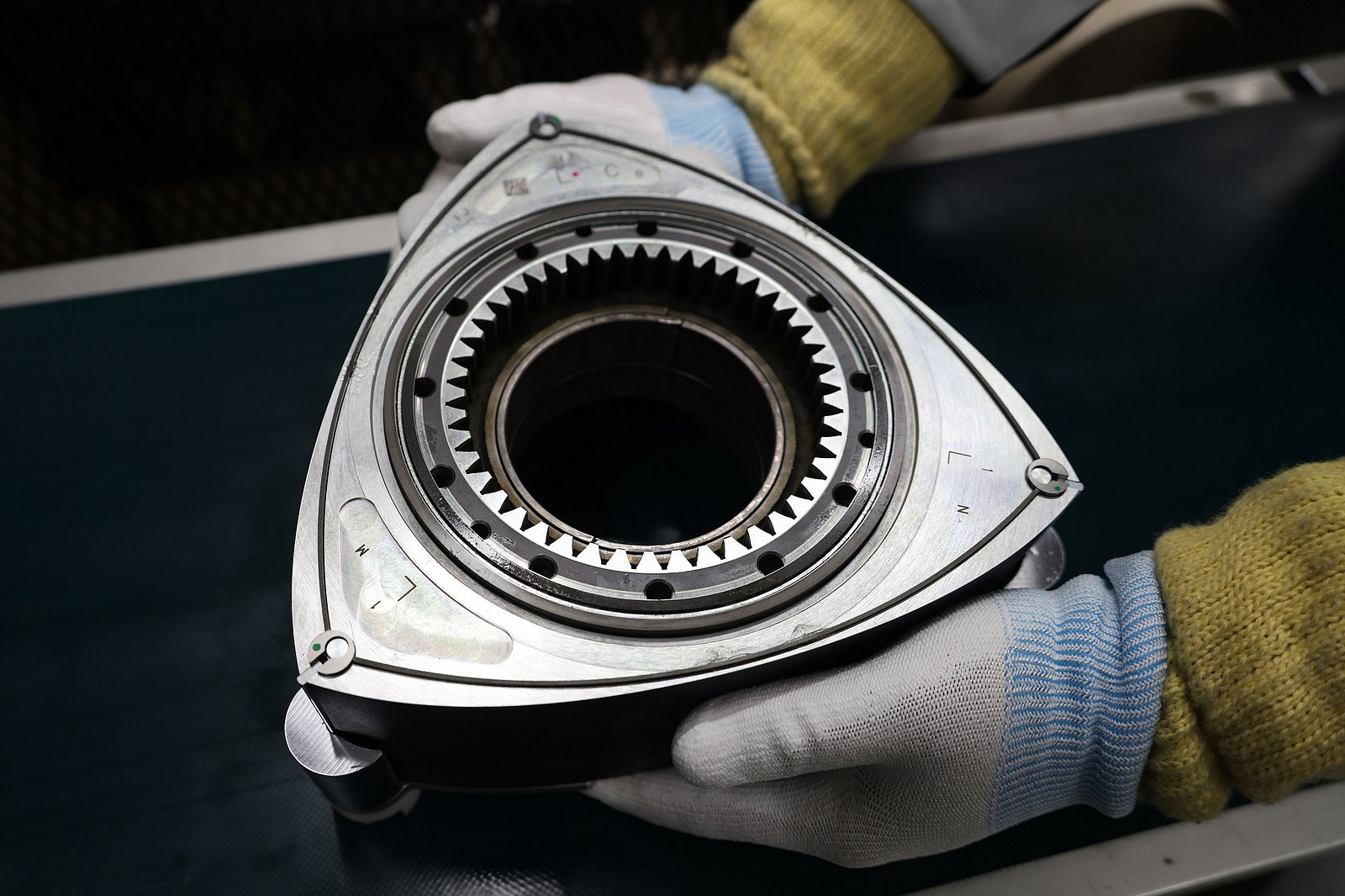
The article focuses on the implementation of carbon-neutral fuels and ensuring their adherence to regulations in key markets. This will facilitate the advancement of synthetic fuels for rotary engines, such as Porsche’s carbon-neutral eFuel and Mazda’s seaweed-based biofuel, as sustainable options for the future.
According to Chief Technology Officer (CTO) Ichiro Hirose, the rotary engine has always been a significant representation of Mazda’s “challenger spirit” throughout its history. This iconic engine was first introduced in the Mazda Cosmo back in 1967. “We express our sincere appreciation to all those who have stood by RE and are delighted to declare the revival of the team responsible for its development – the engine that has garnered adoration from customers globally.”
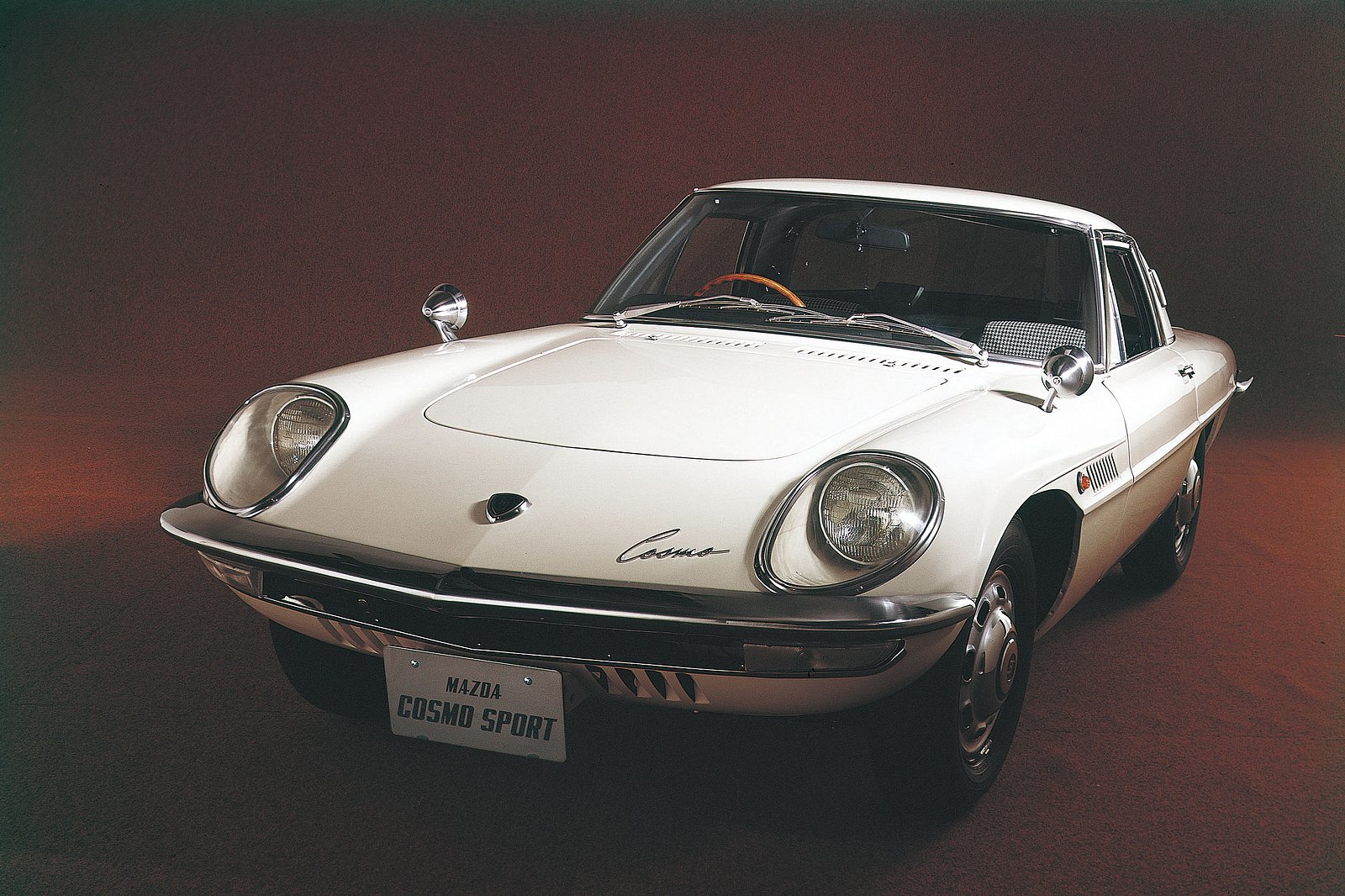
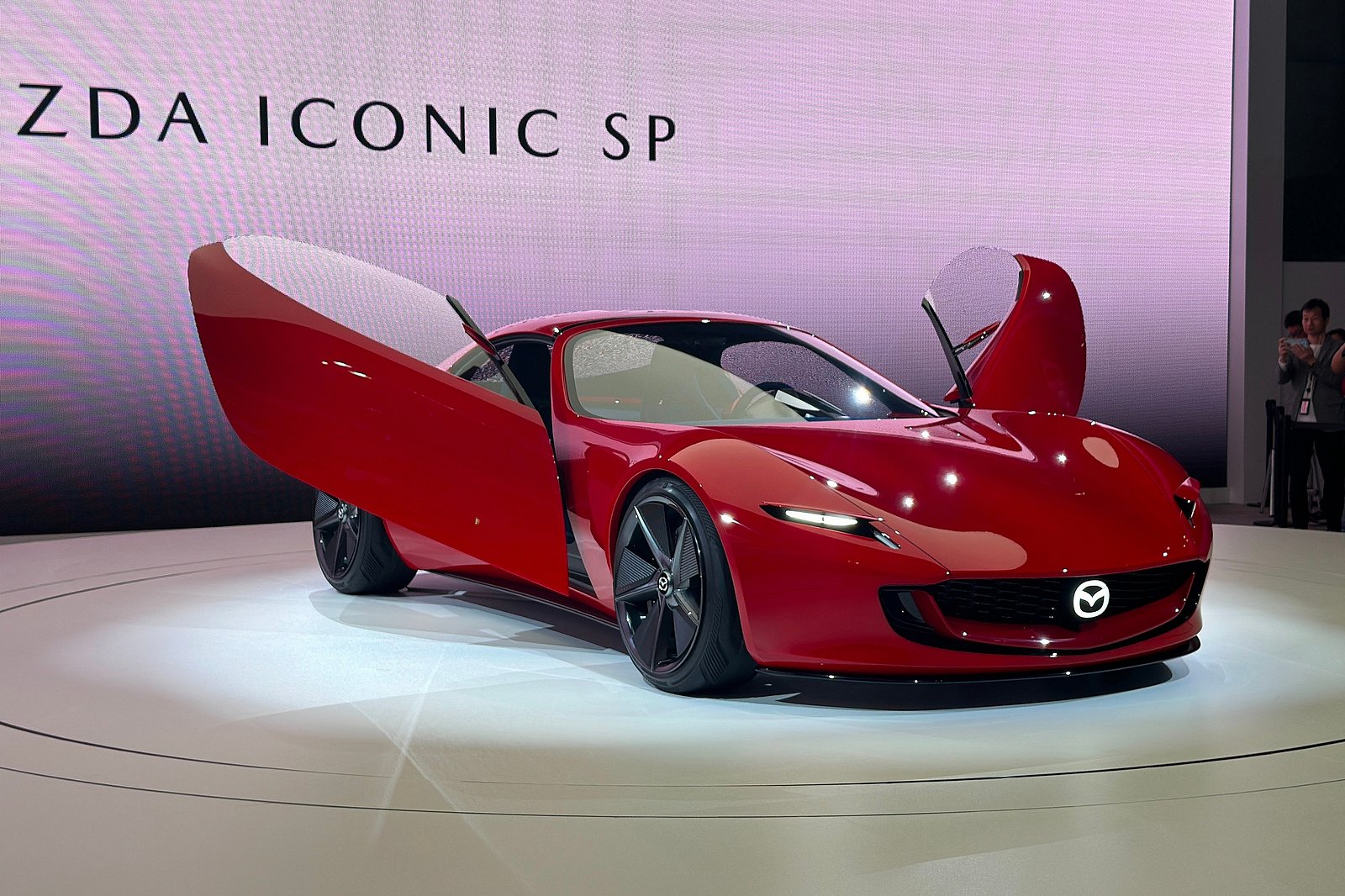
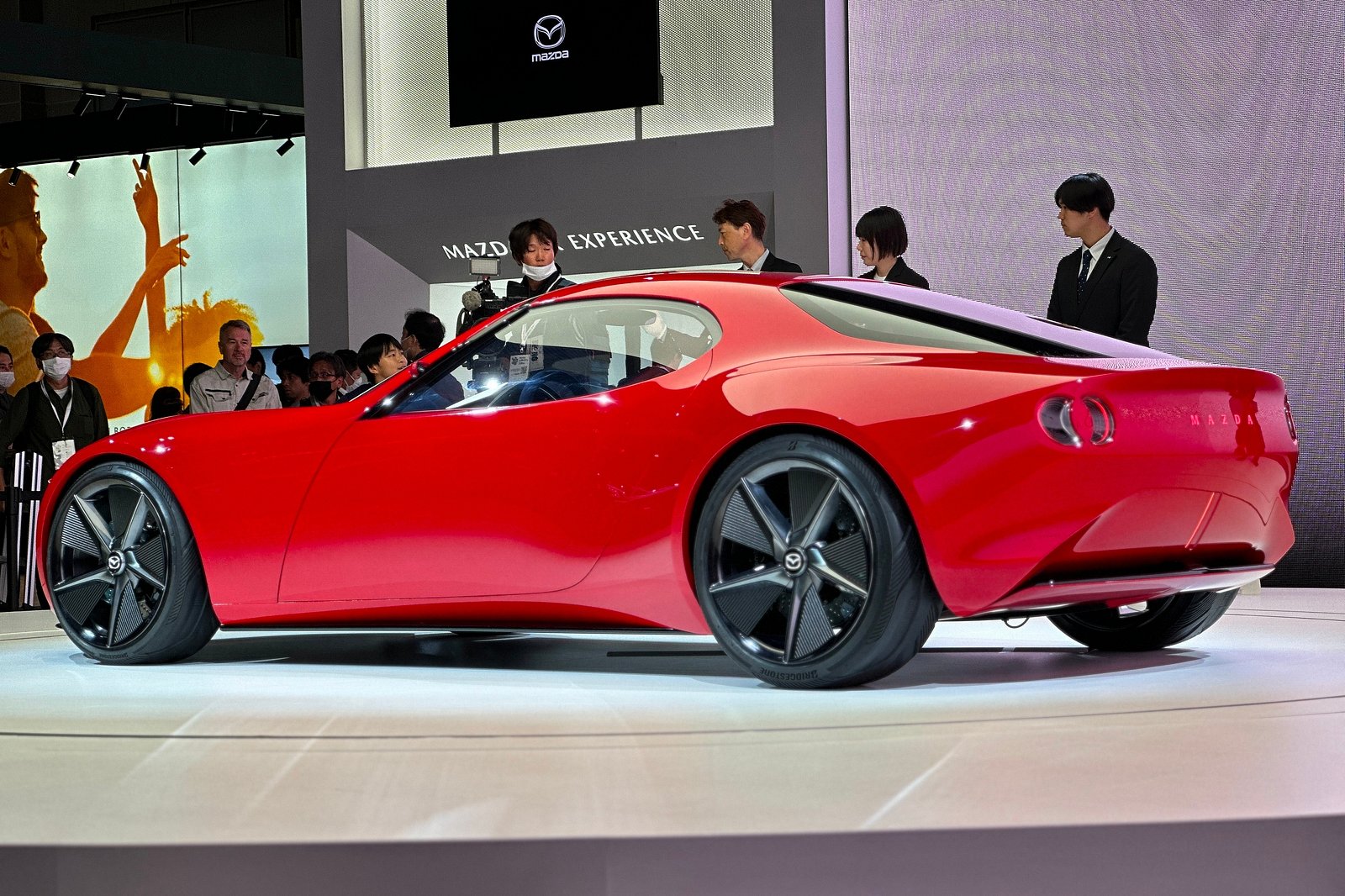
The rotary experts at Mazda have not departed the company but have instead shifted their focus to other forms of combustion technology, such as the impressive Skyactiv-X engines that utilize spark-controlled ignition. According to Hirose, this change has allowed them to gain a wider understanding and will prove valuable in future development of rotary engines.
The RE Development Group, consisting of 36 engineers, has a clear goal according to Hirose: “to come together as one unit and achieve a significant advancement in the research and development of RE.” He elaborates on the department’s purpose, stating, “In a world where electrification is becoming increasingly prevalent and a carbon-neutral society is the aim, we are committed to continuously delivering captivating vehicles that ignite our customers’ passion with our unwavering ‘challenger spirit’.”
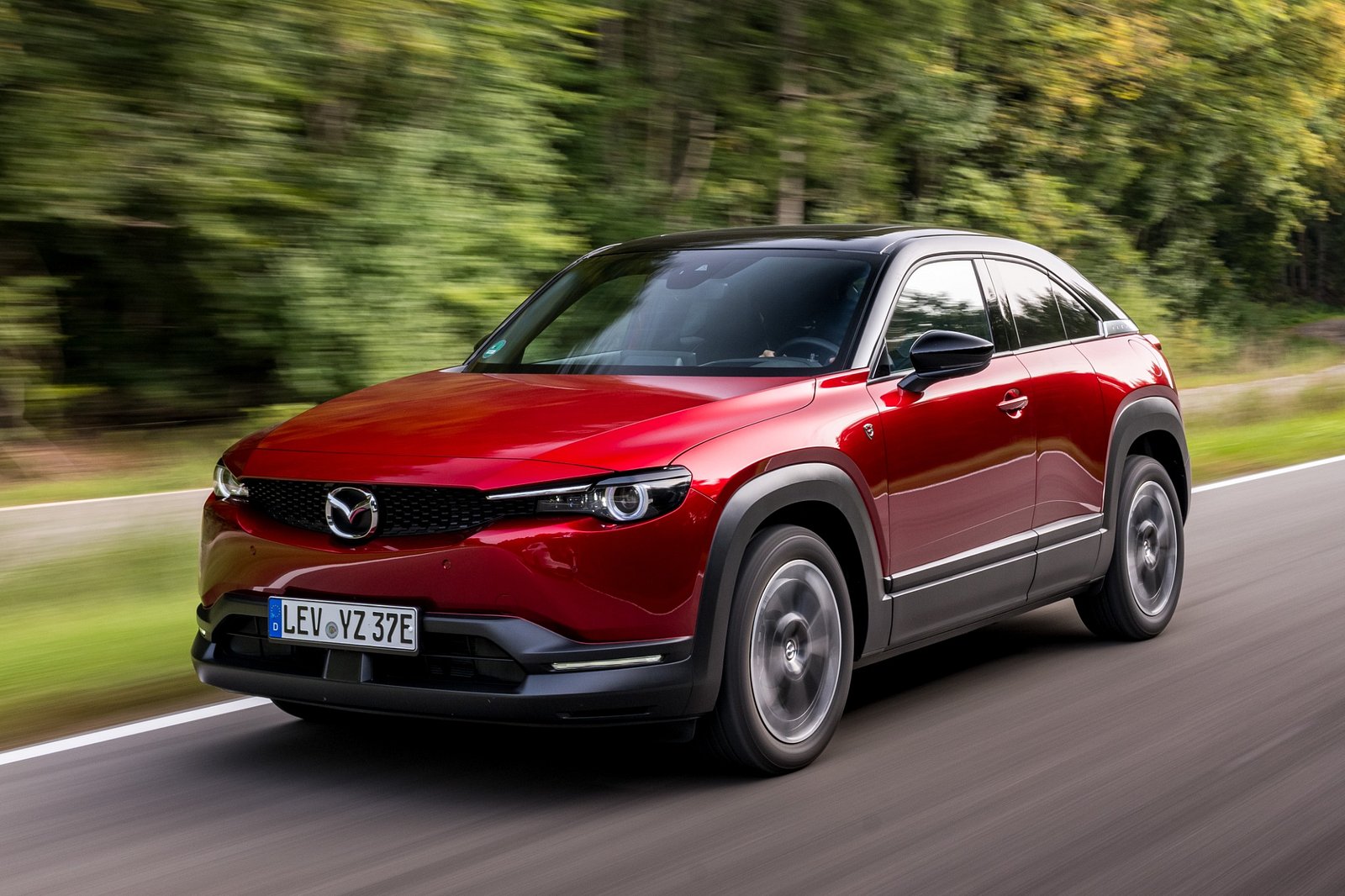
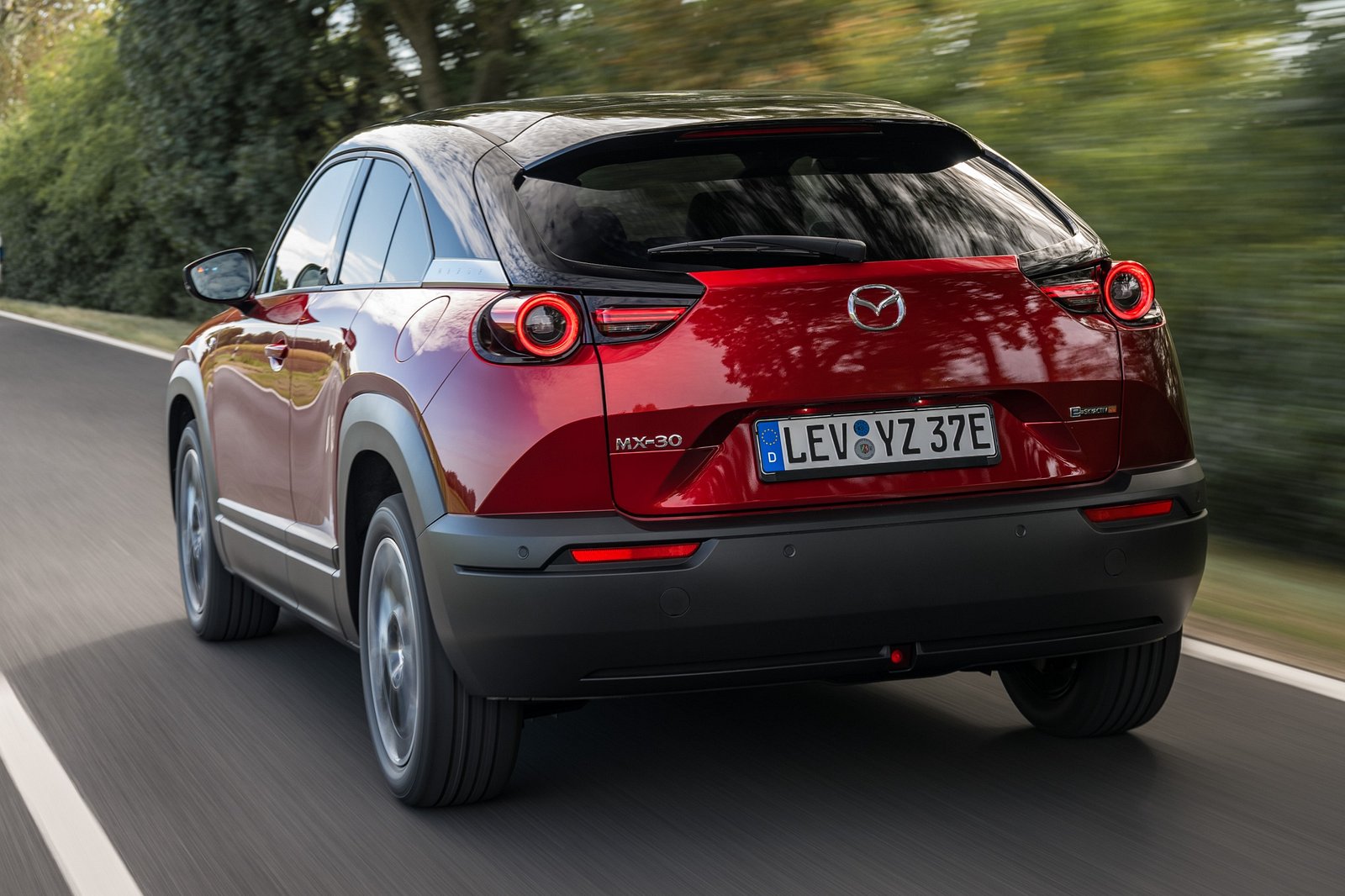
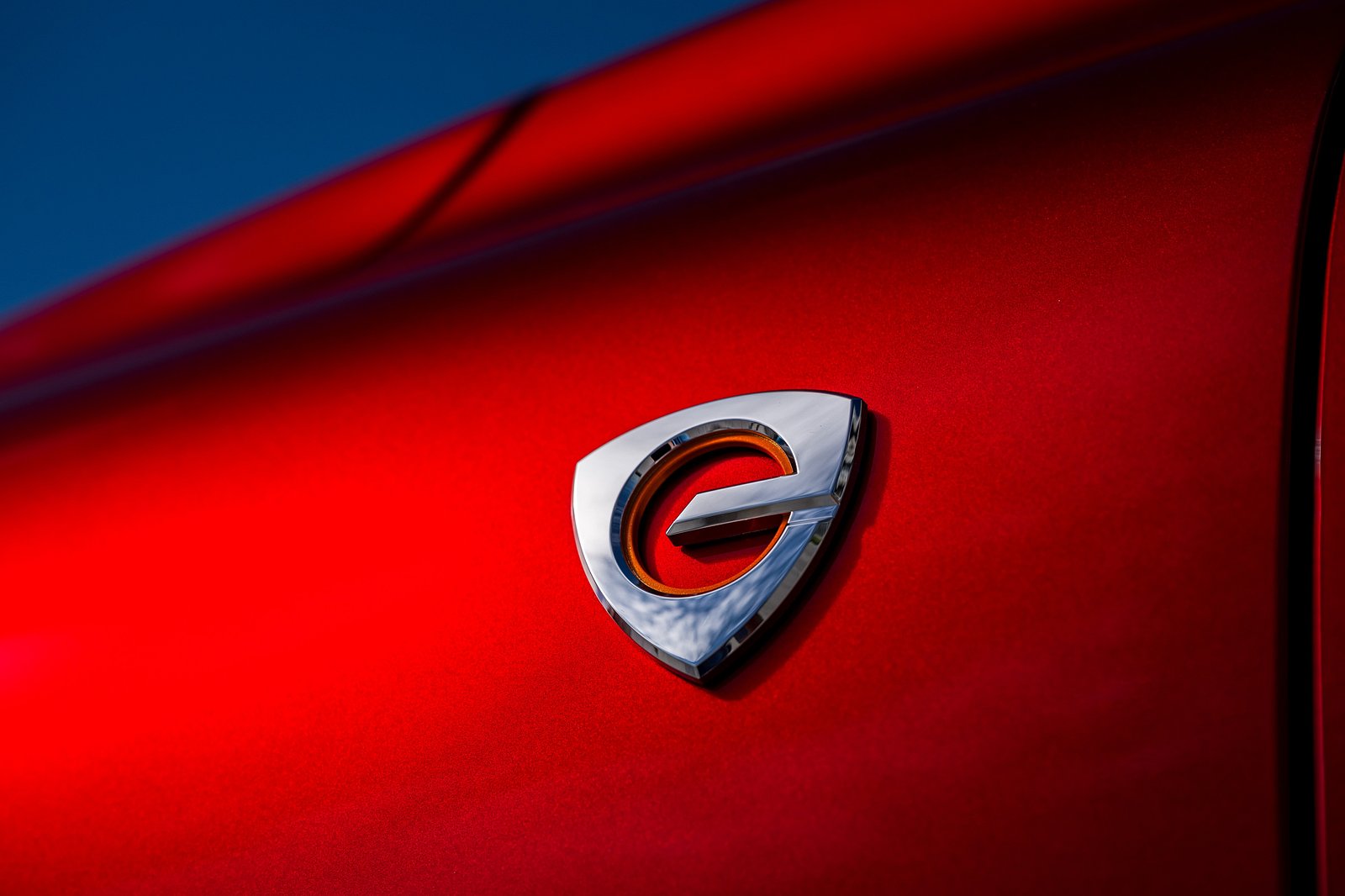
The spirit of competition coincides harmoniously with a fresh undertaking recently introduced by Mazda, in which Mazdaspeed has been revamped as Mazda Spirit Racing. This promises to bring about more spirited road vehicles under the rebranded performance division, including a fresh variation of the MX-5 Miata model.
The group aims to change that.The establishment of the RE Development Group marks the initial stage in Mazda’s journey towards creating a new model to succeed the long-awaited RX-7 and RX-8. Despite much speculation surrounding potential successors, such as the highly acclaimed RX-Vision concept, Mazda has been unable to gather enough momentum to bring these ideas to life. This newly formed group has set out to alter this pattern.
There is a glimmer of hope on the horizon, as evidenced by Mazda’s numerous patent filings over the past few years. From innovative tri-rotor sports cars to groundbreaking efficiency patents for rotary engines, it appears that this automaker is primed to lead the way in what lies ahead.

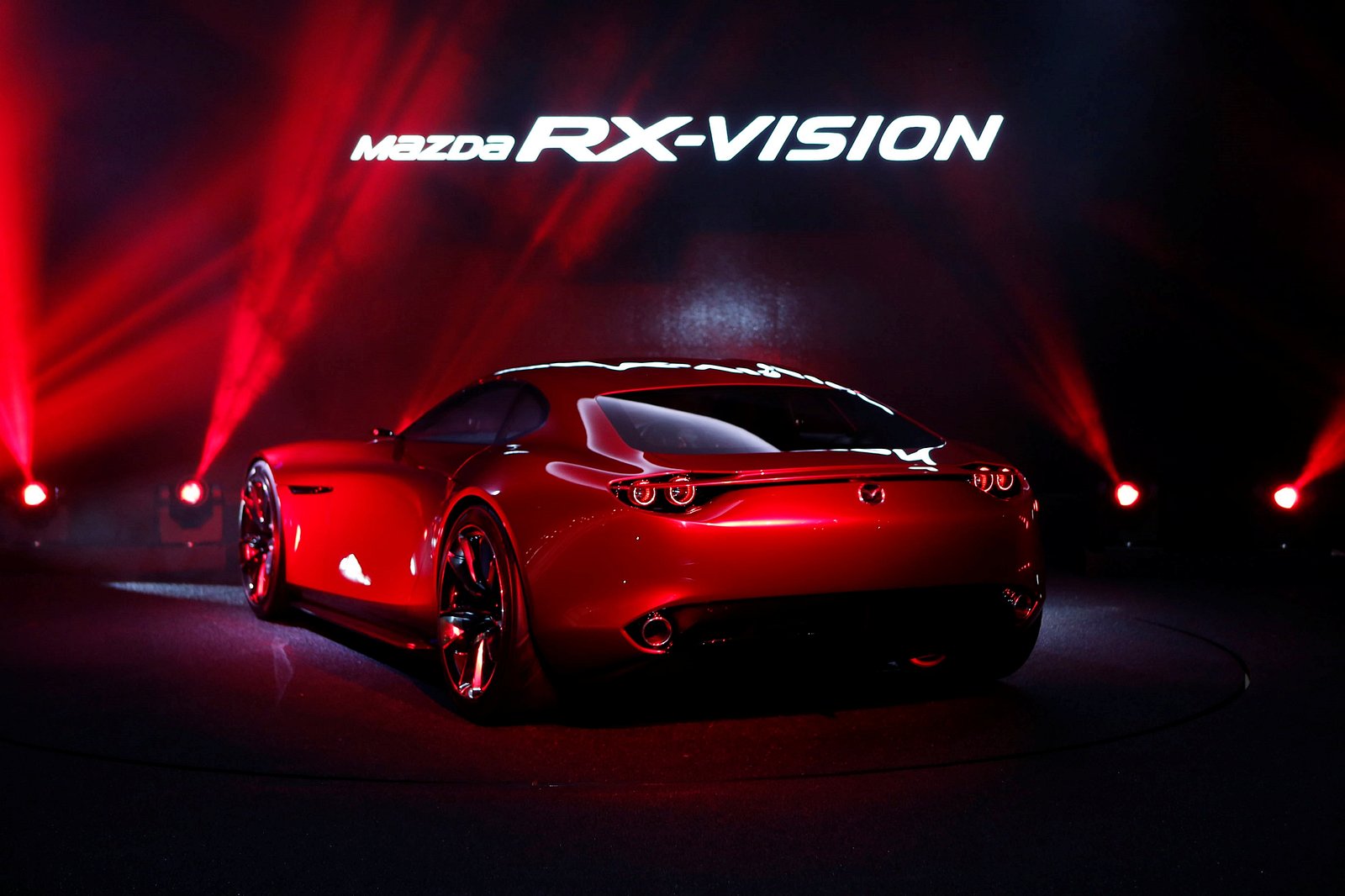
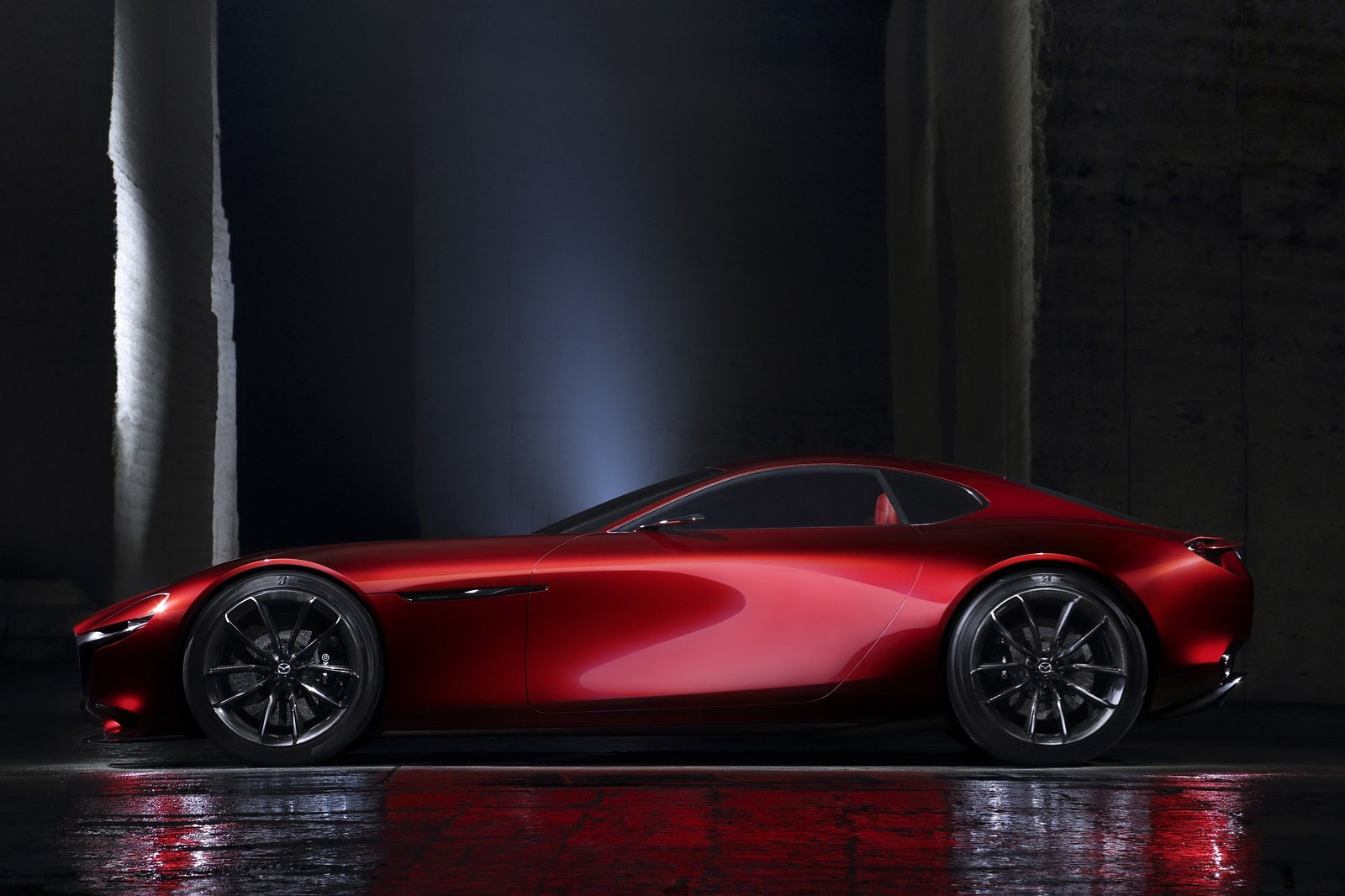


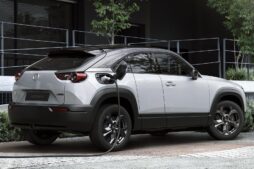


Simply wanna comment on few general things, The website layout is perfect, the content material is rattling excellent : D.